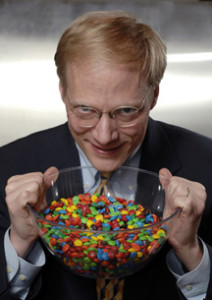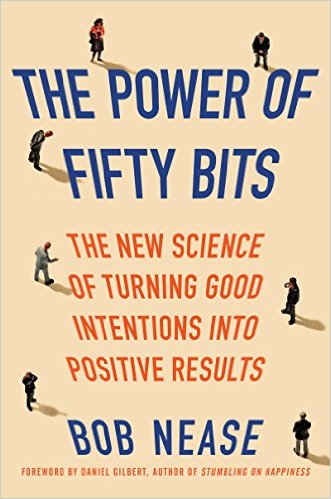 In the New Yorker, Jonah Lehrer updates us on the Stanford “marshmallow” experiments from the late 1960s. Kids were offered a single marshmallow, with the promise of another if they could refrain for several minutes.
In the New Yorker, Jonah Lehrer updates us on the Stanford “marshmallow” experiments from the late 1960s. Kids were offered a single marshmallow, with the promise of another if they could refrain for several minutes.
Once Mischel began analyzing the results, he noticed that low delayers, the children who rang the bell quickly, seemed more likely to have behavioral problems, both in school and at home. They got lower S.A.T. scores. They struggled in stressful situations, often had trouble paying attention, and found it difficult to maintain friendships. The child who could wait fifteen minutes had an S.A.T. score that was, on average, two hundred and ten points higher than that of the kid who could wait only thirty seconds.
The Center for Cost-Effective Consumerism focuses quite a bit on hyperbolic discounting and its applications to healthcare (e.g., Select Home Delivery, our active choice approach to drug distribution). We also work with other key principles, such as loss aversion and social norms. The work Lehrer describes serves as an important reminder of the significant variation in the effect of these principles among individuals.
(Note: this entry originally appeared at consumerology.com)

